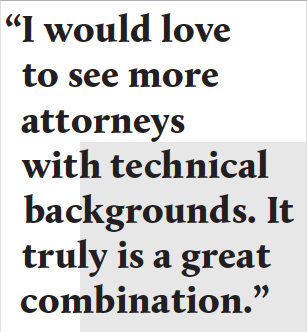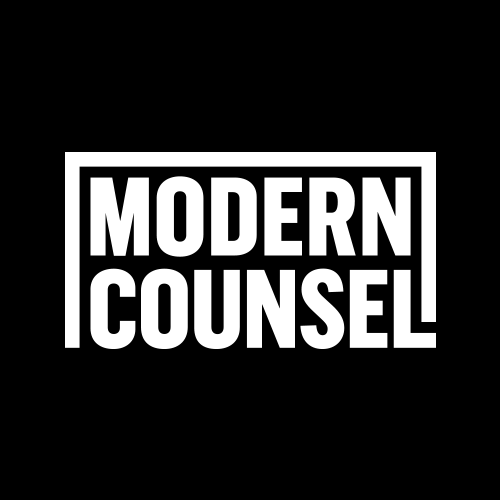I have four categories of active files in my office, which represents what I’m working on at any given time: trademark, patent, copyright, and disruption.
Disruption is a key theme in my practice. I focus a lot on outside disruptive forces, but also how we are evolving and shaping our own business.
Our primary goal at Time Warner is to make content available to consumers however and whenever they need it. That’s through a variety of platforms across a variety of businesses.
The challenge in my world of intellectual property protection is to maintain and ensure that existing modes of distribution remain strong while bolstering emerging platforms and innovation in a way that supports the broader ecosystem and value of creative content.
We move with the changing the landscape. Consider how today in the United States, approximately ten million households out of approximately 134 million get their viewing content exclusively through the Internet and not cable. These broadband-only homes are a great opportunity for new services, like HBO NOW.
Think also about the case of Aereo, a streaming TV start-up that used thousands of miniature antennas to retransmit broadcast content over the Internet—without the permission of broadcasters or copyright owners. They claimed they were merely an extension of the antenna on anyone’s television set, so they didn’t need authorization because the thousands of transmissions were “private.” This was a classic case of infringement and disruption engineered to exploit a perceived loophole in copyright law. The case went to the US Supreme Court, and Time Warner filed an amicus brief in support of broadcasters, pointing out that Aereo’s business model was based on a legal fiction and distortion of the Copyright Act. Broadcasters won.
I help support implementation of our strategies to reach consumers in an increasingly broadband-delivered, on-demand viewing world. I work with colleagues across the company to understand the business and legal implications of Time Warner’s new services, as well as those offered by others, and lead discussions to define our intellectual property positions that support and enable our strategic objectives.
Copyright laws worldwide evolve and change with some frequency. The last significant revision to US copyright law was in 1976, but specific parts of the law have been updated a number of times since.
The United States, European Union, and a number of other countries have recently been engaged in reviewing their copyright laws. Proposed changes are influenced by a number of political and economic forces.
We have to analyze and respond to judicial, legislative, and policy developments globally and here at home in the United States. For a company like Time Warner, “sustainability” begins with a robust intellectual property framework to support our production and distribution of valuable content. Part of that framework needs to include incentives for other parties in the value chain to help enforce copyright so consumers have more choices to find content in a legitimate marketplace.
We have to rely on various parties to be our eyes and ears as to what is happening because of the global nature of our business, and the breadth of developments. I am constantly monitoring feedback from colleagues, news reports, and industry trade associations. It’s essential that we understand the political as well as legal context of everything.
The nature of creative content in a connected digital world means that our content and brands can be exploited almost everywhere, so we have to be protected universally.
Copyright is an international creature. An important layer in the framework is made up of treaties and trade agreements, like the 1996 World Intellectual Property Organization Internet Treaties and the 1886 Berne Convention.
Treaties provide a global bedrock of protection, but they are only the first step. It may take countries many years to implement a treaty in its own laws. Questions may remain about whether the protection is enough, depending on how that implementation is done.
I knew fairly early on that a law firm career was not my goal. After practicing law in law firms, I found I prefer working at one company, closer to the engine of a business. Here, there is more continuity.

